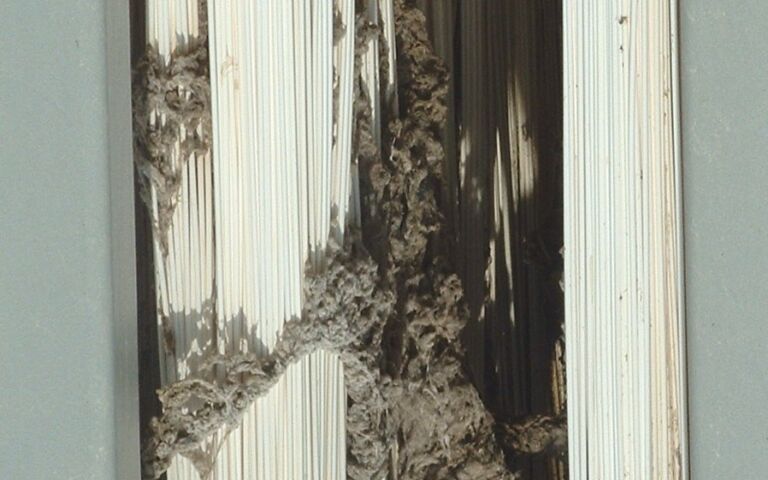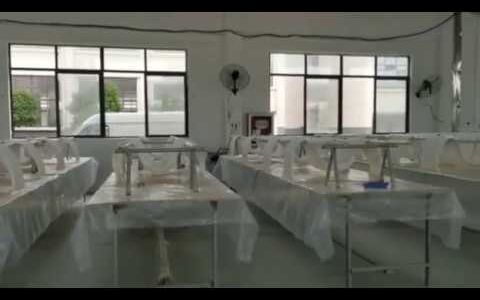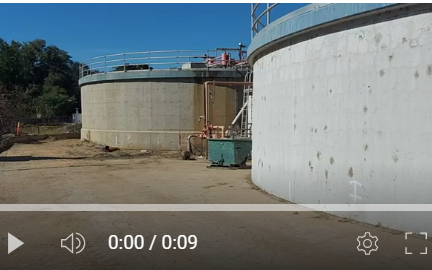Guest blog: MBR sludge − fouling or clogging?


Dr Pompilia Buzatu
Dr Pompilia Buzatu, post-doctorate researcher at the Gas Processing Center in the College of Engineering, Qatar University, discusses her research into MBR fouling and clogging
We’ve spent a few months now here at Qatar University looking at clogging in membrane channels, with our single-channel bench-scale plant.
The method we’ve ended up with involves simply taking a few litres of MBR sludge from a nearby MBR (treating industrial effluent) and running tests at relatively high flux and slightly diminished air scour rates. This is less ‘real life’ than the Cranfield University tests on a full-scale immersed hollow fibre module (Buzatu et al, 2012), but the conditions can be controlled more precisely.
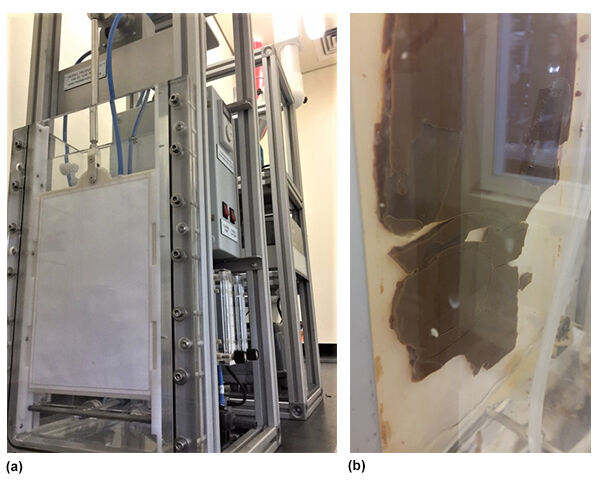
It’s early days yet, but there does seem to be a roughly inverse relationship between fouling and clogging. We spent a long while trying to get a highly fouling industrial sludge to clog the membrane channel, but all we got was fouling. However, once we got hold of a reasonable quality sludge with a relatively high sustainable flux, clogging (or specifically sludging, the filling of the membrane channels with solids − sometimes called ‘localised dewatering’) was evident.
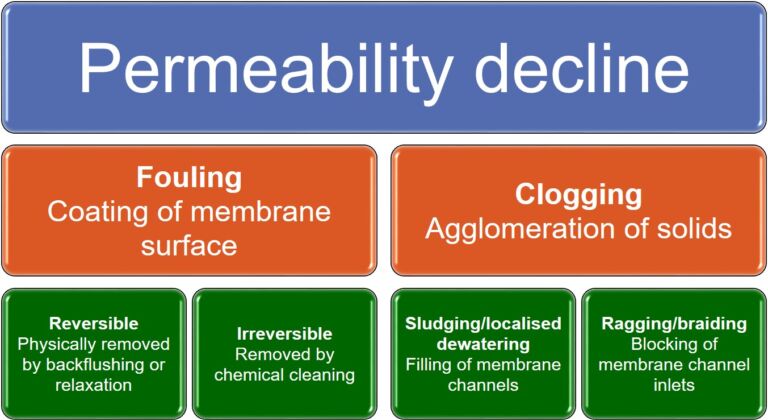
And it’s pretty nasty stuff: a semi-solid cake which is difficult to dislodge without removing the membrane. It's also quite stable in water when exposed to linear air flows of around 0.09 m/s, this velocity being comparable to those used at full-scale (Böhm and Kraume, 2015; Yang et al, 2017). In the video it can be seen towards the end of the clip that even if the sludge solids become dislodged from the membrane surface they are not necessarily cleared from the channel by the air flow.
Membrane bioreactor sludge fouling or clogging
So, it could be that good quality sludge is still liable to cause sludging even if it doesn’t foul the membrane. Of course, there are many, many studies of membrane fouling, something which Simon (Judd) has stated ad nauseum, but it’s never been clear as to whether sludging and fouling are related. If they’re not, and thus all those lovely EPS (extracellular polymeric substances) which fill the literature aren’t relevant to sludging, then maybe it’s necessary to find some other way of characterising the sludge to provide an indication of sludging/clogging.
The very simple and practical test developed by Marcin Stefanski (Stefanski et al, 2011) certainly gives an indication of ragging propensity. But ‘ragging’, the formation of long rags (or braids) of agglomerated cotton wool or other textiles, is not necessarily the same as clogging. Actually, we still don’t know what causes clogging since there have been so few studies of it. Perhaps it actually does relate to EPS: I’m sure there are a lot of researchers who would be relieved if this were to be the case.
Anyway, back to the day job...





